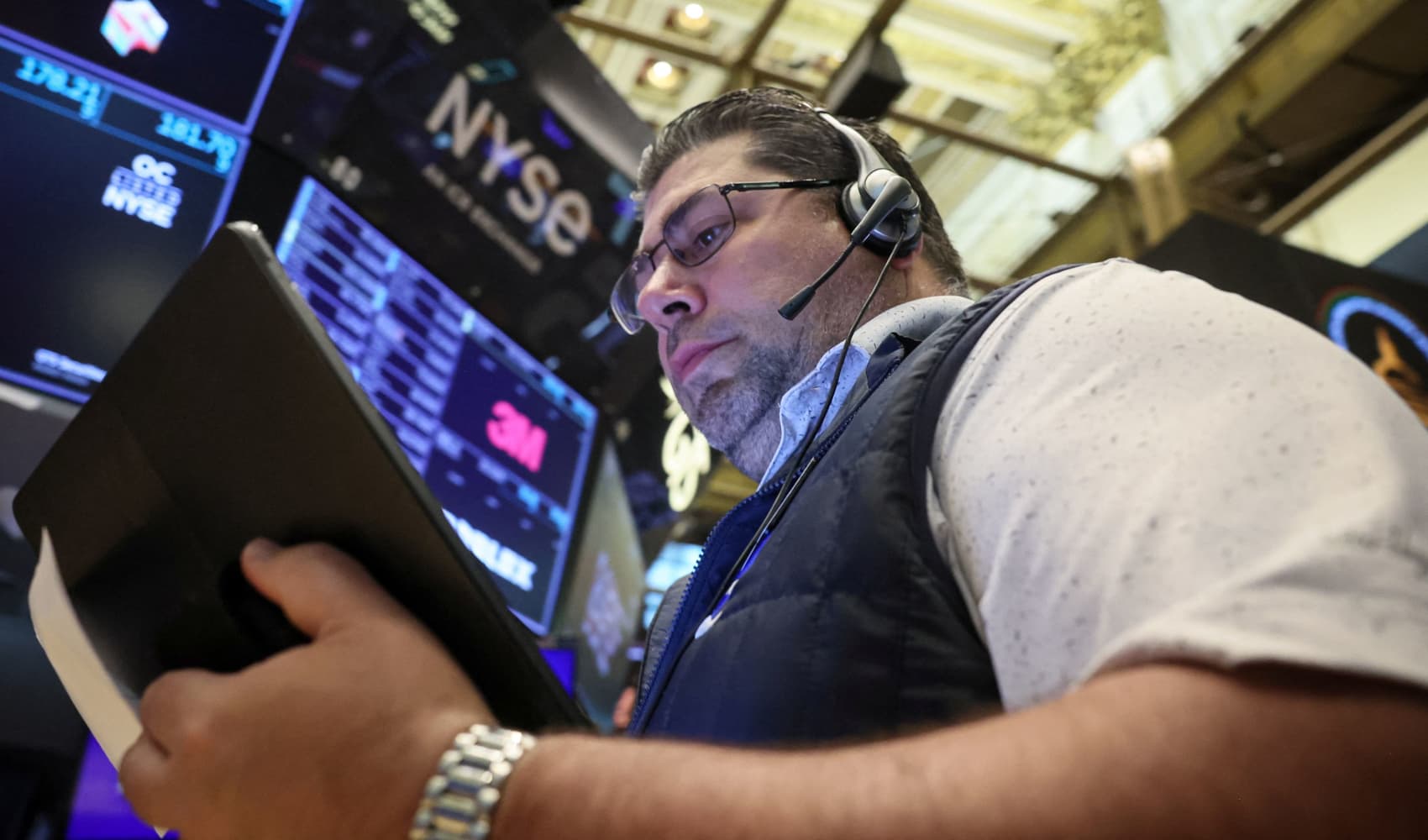
- Target's fiscal first-quarter earnings missed estimates, as its sales fell about 3% year over year.
- The retailer saw consumers buy fewer everyday items like groceries and paper towels along with discretionary goods like apparel and home decor.
- CEO Brian Cornell said the results show "continued soft trends in discretionary categories."
Target on Wednesday posted a year-over-year sales decline and missed Wall Street's earnings estimates, as consumers fatigued from high prices bought both fewer discretionary items and groceries.
The Minneapolis-based discounter's revenue in the fiscal first quarter was about in line with expectations.
On a call with reporters, CEO Brian Cornell said the company's results reflect "continued soft trends in discretionary categories."
Get DFW local news, weather forecasts and entertainment stories to your inbox. Sign up for NBC DFW newsletters.
He said the company wants to make sure it offers customers value and communicates that in a clear way, with moves like its relaunched loyalty program. Target also announced Monday it was cutting prices on thousands of everyday items, including milk, bread, paper towels and diapers.
Target stuck with its prior full-year forecast, saying it expects comparable sales will range from flat to up 2% and adjusted earnings per share will be $8.60 to $9.60. Company leaders said the retailer is on track to return to sales growth in the second quarter.
Shares of the company closed about 8% lower on Wednesday.
Here's what Target reported for the three-month period that ended May 4 compared with what Wall Street expected, based on a survey of analysts by LSEG:
- Earnings per share: $2.03 vs. $2.06 expected
- Revenue: $24.53 billion vs. $24.52 billion expected
It marked the first time since November 2022 that Target missed earnings expectations.
Money Report
Target's net income for the period fell by less than 1% to $942 million, or $2.03 per share, from $950 million, or $2.05 per share, in the year-ago quarter.
Total revenue declined about 3% from $25.32 billion in the prior year.
Like other retailers, Target has tried to win over consumers who are not spending as freely on clothing, home goods or other discretionary items. The cheap chic retailer has been particularly hurt by the dynamic because it gets less of its sales from food than rival Walmart, which draws about 60% of its U.S. sales from groceries. That compares with roughly 20% at Target.
Inflation cooled slightly in April, but the consumer price index was still up 3.4% on a year-over-year basis. The key measure gauges how much goods and services cost at the cash register.
Target acknowledged that challenge with this week's price cuts.
The company is also competing with other discounters, including Walmart, Aldi and Lidl, that are chasing deal-hunting shoppers.
Walmart, for example, has gained market share from higher-income shoppers and recently introduced a premium food brand with most items under $5. The company's CFO, John David Rainey, also said last week that customers are turning to its grocery aisles for cheaper meals because of the rising prices of fast food.
Target's sales challenges
In Target's first quarter, customer traffic, which includes online and stores, fell 1.9%. The average amount that customers spent on those visits dropped 1.9%, too.
Digital sales grew 1.4%. It marked the first increase in digital sales in more than a year.
Comparable sales, also called same-store sales, tumbled 3.7%, as shoppers bought beauty items but less of other discretionary categories like apparel and home. That decline was in line with what analysts expected, according to StreetAccount.
Discretionary merchandise wasn't the only part of the store under pressure. Sales in frequency categories, food and beverage and beauty and household essentials, declined by low single digits, Chief Growth Officer Christina Hennington said on a call with reporters.
Still, Hennington said Target is seeing some encouraging trends compared with recent quarters. Sales of apparel improved by nearly 4 percentage points from the fiscal fourth quarter, as customers bought outfits for spring.
She said Target's limited-time collection with Diane von Furstenberg drove millions of unique visits to the retailer's website each day of the launch week and lifted the size of customers' baskets by around 15% on average.
Other unique items also drove spending, she said. They included its partnership with tennis and lifestyle brand Prince to sell pickleball gear and Taylor Swift's latest album, which Target capitalized on with in-store events and photo ops.
– CNBC's Robert Hum contributed to this report.






